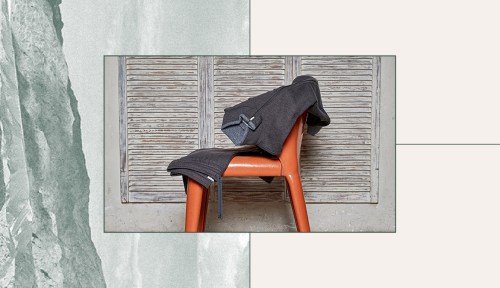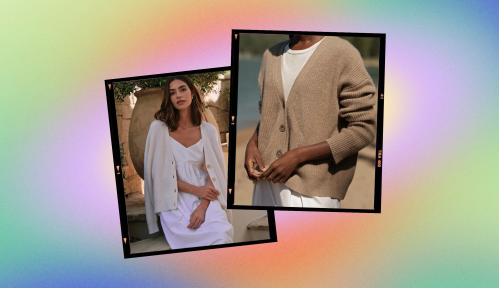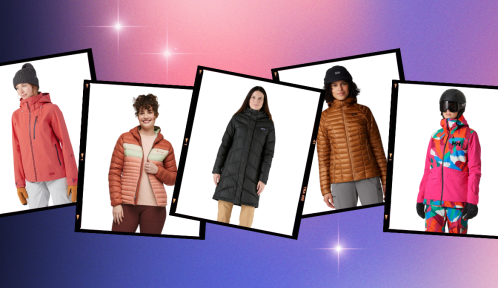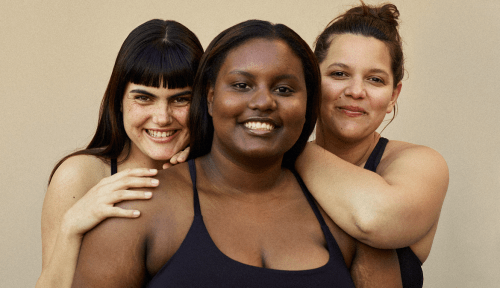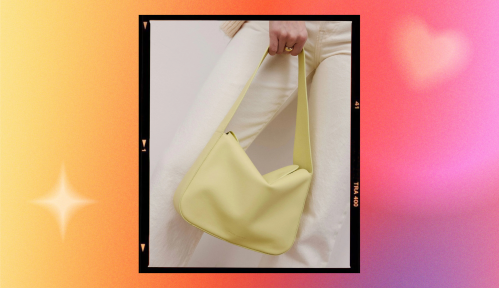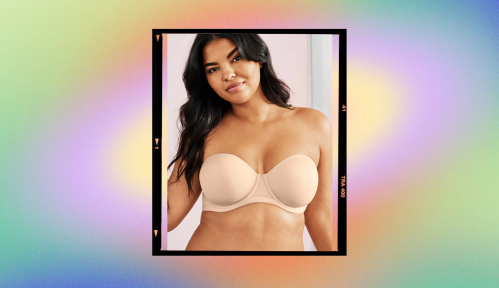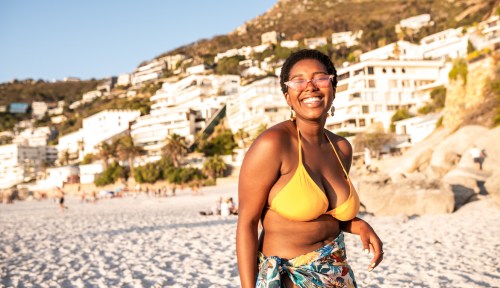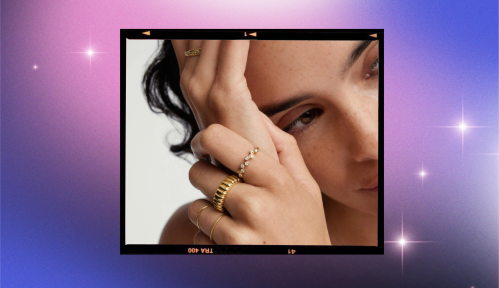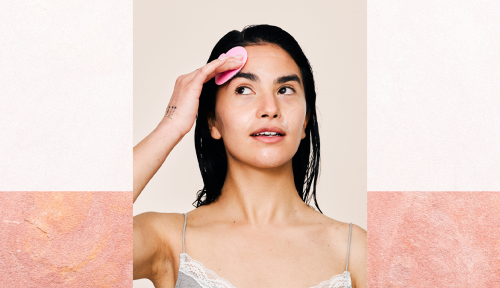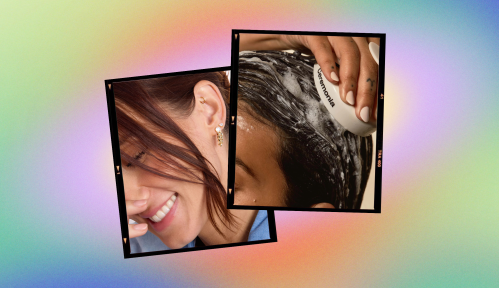Our editors independently select these products. Making a purchase through our links may earn Well+Good a commission
Since the start of the pandemic in 2020, workout clothes have had what you might call a real moment. Not because we all decided collectively to get fit—though some people certainly did—but because workout wear as everyday clothing, even fashion-forward clothing, became more normalized than ever before. Luxury brands continued making collaborations with activewear companies, supermodels like Kaia Gerber made leggings a street-style go-to, and several workout influencers launched their own lines. But even as things start to go back to normal, this boom has no signs of slowing down. According to research from Technavio, the activewear market is predicted to grow by $157.1 billion within the next two years, reaching a total value of $547 billion by 2024. An interesting piece of this shift, as with much other spaces in fashion, is that the rise in sustainable options for activewear seems to correlate with the rise in the market in general. According to Lyst’s 2020 data searches for “sustainable activewear” increased 150 percent in that same time frame and brands are answering the call.
Now, biker shorts and hoodies made from recycled plastic bottles are standard; leggings and sports bras created using upcycled materials are sold from brands big and small. Just searching the term “activewear” will result in dozens of round-ups featuring the most sustainable options for you to choose from. Even fast fashion brands that are notoriously on the wrong side of the sustainability movement appear to make some exceptions in the athletics and athleisure departments. The shift is so palpable that seeing workout clothes that aren’t marketed as eco-friendly raises an eyebrow.
The problem is that not all sustainable solutions are created equal. And more and more activewear entering the market—even if it’s marketed as eco-friendly—results in more activewear causing harm in the beginning and end of its life.
So how do we suss through the noise to determine what is just competitive marketing and what is actually innovative solutions? For starters, it’s important to understand what makes these types of clothing particularly harmful. Workout clothes are meant to be worn and washed often (especially if you’re working out in them all the time). That means the chemicals and dyes are going into the water with each cleaning. Polyester (PET), which is one of the most used fabrics in this type of clothing, will break down into microparticles of plastic which then end up in bodies of water and ultimately our food supply. The most prominent solution employed by many brands is recycled polyester, rPET, which is a catch-all for plastic that is made into polyester. That’s why you’ll see ads that say, “this bra was made out of plastic bottles.” The issue is that once the plastic is made into polyester, it can’t be recycled again. So while it made be a better solution than say, using virgin polyester, it doesn’t solve the problem of keeping plastics out of the equation. There are some technologies that are trying to make it better though. Lifecycled, a technology developed by MAS Holdings, one of the largest manufacturers in South Asia, promises to make polyester biodegradable within five years of being in contact with compost, aka only when it hits the landfill.
Other brands use natural fibers like hemp instead. This is better than plastic from a recycling perspective, but unfortunately, it’s not the end-all-be-all solution. Textiles made from natural fibers use up resources such as water and land, and there are often financial issues for the people working with the plants. Hemp, for example, is expensive to grow, and that burden is usually on the farmers, while brands jack up prices and make a profit. What’s more, a ton of new clothes, even made from natural materials, are not making the change they seem to be marketing when there aren’t solutions for expanding the lifecycle.
On the positive side, with those increased searches for less impactful activewear comes a mindset shift from consumers that could actually be a way toward change.
“Secondhand activewear was once taboo,” Natalie Tomlin, a spokesperson for the online thrift store ThredUp, tells Well+Good. “But today workout clothes and athleisure are some of the most popular categories to shop.”
“Secondhand activewear was once taboo,” Natalie Tomlin, a spokesperson for the online thrift store ThredUp, tells Well+Good. “But today workout clothes and athleisure are some of the most popular categories to shop on thredUP, and brands like Lululemon and Nike are hot commodities. As the stigma around secondhand fades, many people have turned to thrift for all of their wardrobe needs, even their sports bras!” Tomlin shared that among all brands, Lululemon, Nike, Free People Movement, and Adidas have been some of the most popular recently. Outside of resale apps and sites, many brands have begun to implement recycling programs to extend the life of their garments. Lululemon, for example, recently launched “Like New,” a buy-back program in which customers get credit to send used clothing in to be resold.
Making less impactful athletic wear and athleisure is going to require us to change our perspective. And if we can do that from an aesthetic perspective to make a tennis dress, good for both the court and the club, we can do it for materials too. Yes, technological innovations are good, but longer lifespans are better.
Sign up for the Well+Good SHOP Newsletter
Get exclusive deals on wellness, beauty, fitness, and food products that have been hand-picked by our editors.
Got it, you've been added to our email list.
